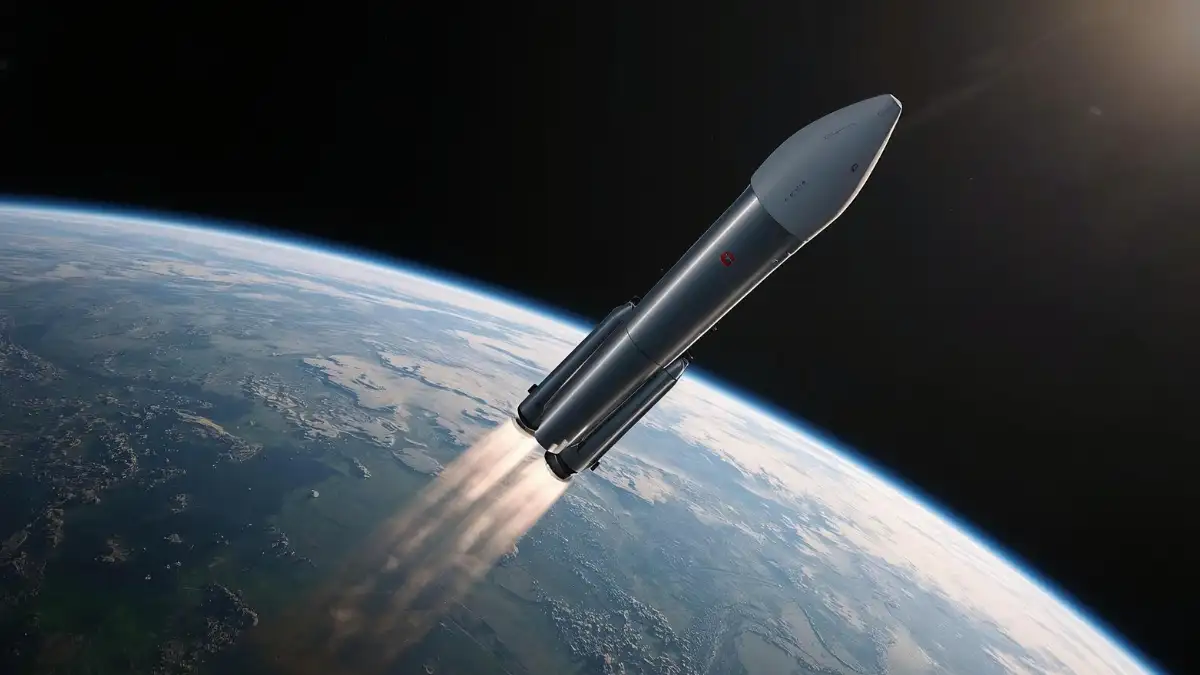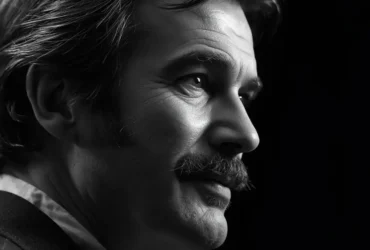In a stunning display of power and engineering, SpaceX has successfully launched its Starship megarocket from its Starbase facility in Boca Chica, Texas. The monumental vehicle cleared the launch tower and completed several key flight objectives, marking the mission as its most successful test to date and a massive leap forward for the company’s deep space ambitions.
This flight was a critical test of the world’s largest and most powerful rocket ever built. The primary goals included a clean ascent, a successful “hot-staging” separation of the booster and the ship, and navigating a significant portion of its planned trajectory, all of which appeared to be achieved.
A Test of Fire and Steel
The launch was a spectacle of immense force, with the Super Heavy booster’s 33 Raptor engines igniting to produce a thunderous roar and a massive plume of fire and smoke. Unlike previous test flights which ended prematurely, this vehicle demonstrated a new level of stability and control throughout its ascent phase.
The successful hot-staging maneuver, where the Starship upper stage ignites its engines to push away from the booster, was a particularly vital milestone. This complex procedure is key to maximizing the rocket’s efficiency for delivering heavy payloads into orbit and beyond.
“Each Starship test flight is about learning, but today’s launch felt different. It was a demonstration of capability,” says Jordan Kellerman, a hypothetical aerospace analyst. “This transitions Starship from an ambitious concept to a proven vehicle. It’s a paradigm shift for the entire industry.”
What This Success Means for Spaceflight
This successful SpaceX Starship launch is about much more than just a single mission. Starship is designed to be a fully and rapidly reusable transportation system, a concept that could radically decrease the cost of access to space. Its enormous size is intended to carry up to 100 people on long-duration interplanetary flights.
The vehicle is the cornerstone of NASA’s Artemis program, which plans to use a version of Starship to land astronauts on the Moon later this decade. For SpaceX founder Elon Musk, today’s success is a vindication of his ultimate goal: establishing a self-sustaining city on Mars.
The Path Forward
While the mission achieved its primary goals, SpaceX will now analyze a massive amount of data to prepare for the next steps. The company will likely push for a full orbital flight in the coming months, followed by tests of its atmospheric re-entry and landing systems. Today’s fiery triumph has cleared a major hurdle, and the path to the Moon and Mars now looks significantly shorter.
















Leave a Review